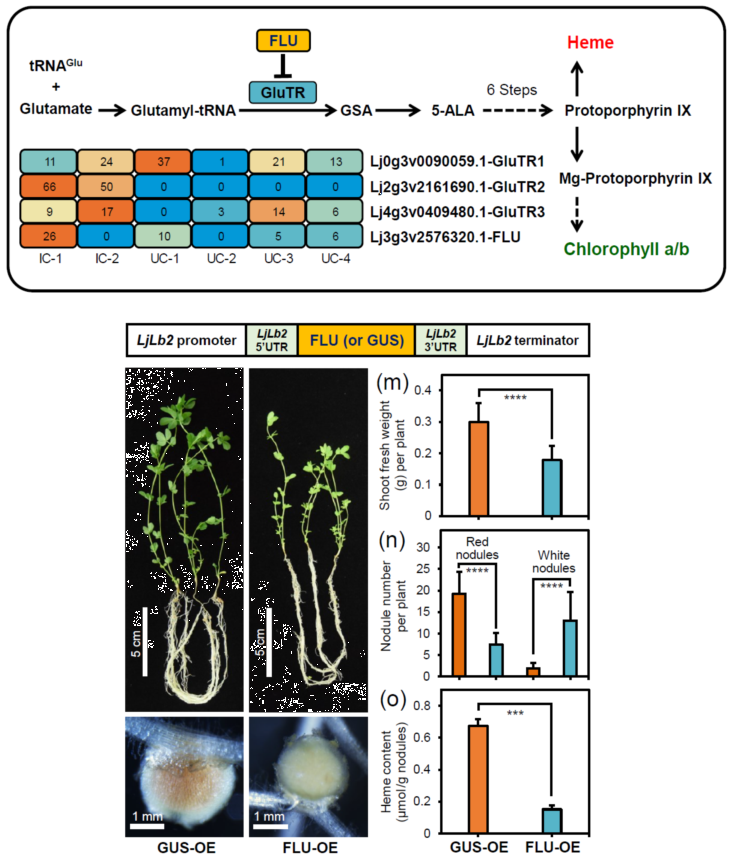Single cell-type transcriptome profiling reveals genes that promote nitrogen fixation in the infected and uninfected cells of legume nodules
Author: Longlong Wang, Yu Zhou, Runhui Li, Jianjun Liang, Tao Tian, Jie Ji, Runzhou Chen, Yumiao Zhou, Qiuling Fan, Guogui Ning, Robert M. Larkin, Manuel Becana and Deqiang Duanmu
Plant biotechnology Journal. 17 January 2022. Vol 20. Issue 4
Abstract: Symbiotic nitrogen fixation (SNF) is an efficient and environmentally friendly biological nitrogen-fixing system. The mechanism of SNF has been extensively studied in root nodules. Over the past two decades, most studies focused on the early stages of root nodule symbiosis. However, little is known about mechanisms in maintaining an efficient SNF in mature nodules. In this study, we separated two main types of cells in mature nodules, known as infected cells (ICs) and uninfected cells (UCs). Using Smart-Seq2 single-cell RNA sequencing approach, hundreds of genes were found to be significantly differentially expressed between ICs and UCs. Notably, most of them were uncharacterized previously, including many transcription factors and putative transporters. Specific isoforms of genes encoding key enzymes involved in sucrose metabolism and ammonia assimilation were identified. Our results confirm that asparagine, one of the nodule exported nitrogen componds, is mainly synthesized in UCs. In contrast, glutamine might be actively synthesized in both ICs and UCs. Leghemoglobins are the most abundant proteins in nodules and heme is an essential prosthetic group of Lbs. Our study identified distinctive expression patterns of three glutamyl-tRNA reductase (GluTR) genes encoding the key enzyme catalyzing the rate-limiting step of heme synthesis. We additionally overexpressed the GluTR feedback inhibitor protein, FLU (Fluorescence in blue light) in ICs, and observed a dramatically reduced heme content and a SNF deficiency phenotype, indicating that posttranslational regulation of heme biosynthesis is essential for nodule functioning. Our study therefore provides a valuable resource for investigating specific genetic components responsible for the complex cellular processes between ICs and UCs in mature nodules. It also lays the foundation for improving the SNF efficiency in legumes in the future and even ultimately being engineered into non-legume crops.
Full Article:https://doi.org/10.1111/pbi.13778
